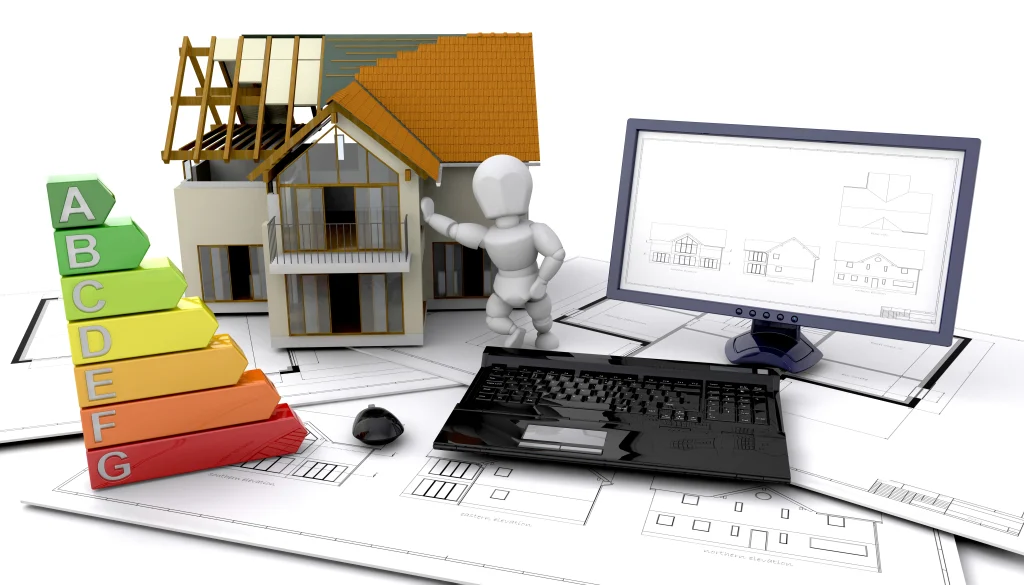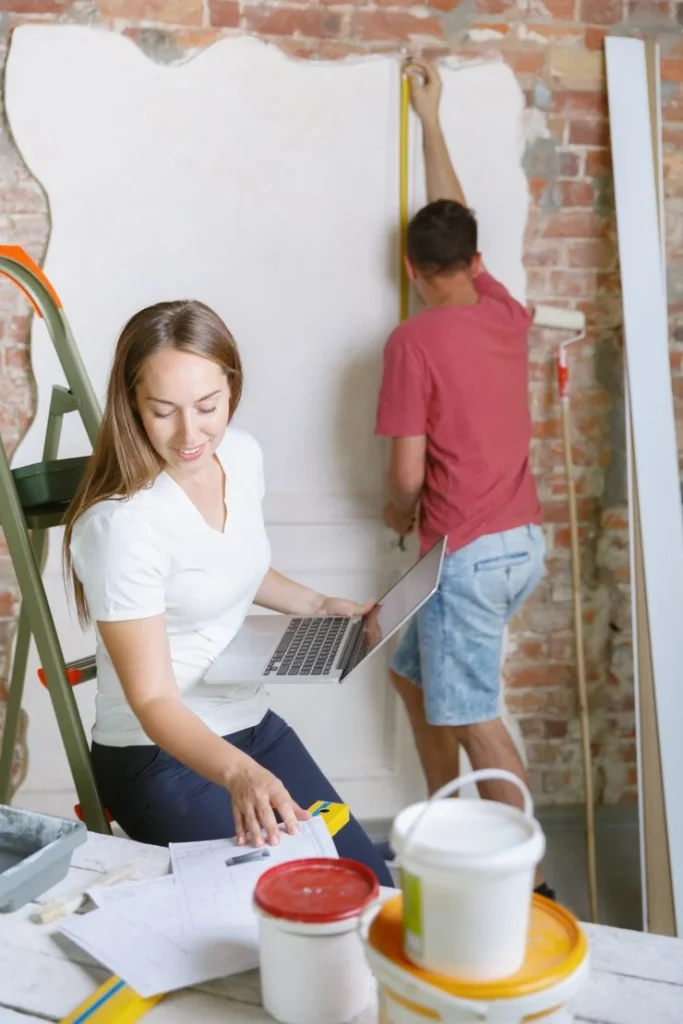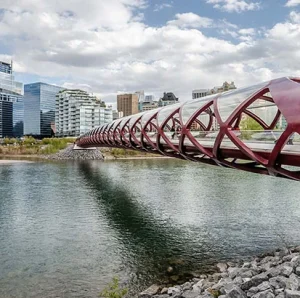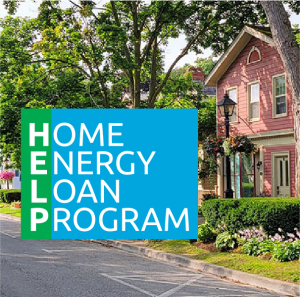Welcome to our article on Energy Efficiency Solutions in designing new homes. In today’s world, where sustainability and environmental consciousness are becoming increasingly important, the design of new homes plays a crucial role in reducing energy consumption and minimizing environmental impact. By incorporating energy-efficient solutions into the design process, homeowners can not only lower their utility bills but also contribute to a greener future. In this article, we will explore various innovative strategies and technologies that can be implemented to enhance energy efficiency in the construction of new homes. Join us as we delve into the world of sustainable living and discover how thoughtful design choices can make a significant difference in energy conservation.
When embarking on the design and construction of a new home or renovation of an existing property, achieving optimal home energy efficiency necessitates a comprehensive whole-house systems approach. This approach ensures that you and your team of building experts meticulously consider all factors, details, and interconnections that impact energy consumption within your home.
Energy Efficiency Solutions When Constructing a Building
Energy efficiency is a crucial consideration when constructing a building, as it not only reduces energy consumption but also lowers operating costs and environmental impact. Implementing energy efficiency solutions during the construction phase can lead to long-term benefits in terms of comfort, sustainability, and cost savings.
In this text, we will explore five Energy Efficiency Solutions when constructing a building. By incorporating these solutions into the design and construction process, builders can create buildings that are not only energy-efficient but also comfortable and environmentally friendly.

Implementing passive design strategies:
Passive design strategies involve designing the building to maximize natural light, ventilation, and thermal comfort without relying on mechanical systems. This can include orienting the building to capture sunlight, using shading devices to control heat gain, and incorporating natural ventilation systems.
Utilize Solar Energy:
Harnessing the sun’s energy for heating purposes by strategically placing south-facing windows can reduce heating costs during the winter. Similarly, shading these windows in the summer can lower cooling expenses. Solar tempering optimizes the passive use of solar heat without the need for additional thermal mass, and should be integrated into the design phase.
Conduct Energy Modeling:
Estimating the home’s energy consumption during the design phase is vital to achieving maximum energy efficiency while minimizing costs. Conduct Energy Modeling can help determine the home’s energy efficiency, enabling designers to make informed decisions to balance performance and construction expenses.
Enhance Building Envelope Sealing:
Sealing the building envelope is a highly cost-effective method to enhance a home’s energy efficiency. Various proven sealing techniques are available, and it is important to select an approach that suits the climate, expertise, and budget. Upon completion of the construction, a blower door test can be conducted to identify any potential air leaks in the building envelope.
Utilizing energy-efficient HVAC systems:
Energy-efficient heating, ventilation, and air conditioning (HVAC) systems are designed to provide optimal comfort while minimizing energy consumption. These systems use advanced technologies such as variable-speed motors, programmable thermostats, and energy recovery ventilation to improve efficiency.
Energy efficiency solutions during building renovation
In the case of an already established residence, the initial step involves performing a home energy assessment, also known as an energy audit. This assessment aims to analyze the energy consumption patterns within your home, identifying opportunities to reduce energy usage and associated costs effectively.

Upgrading insulation:
This involves improving the insulation in walls, floors, and roofs to reduce heat loss and improve energy efficiency. This can help maintain a comfortable indoor temperature and reduce the need for heating and cooling. (Learn more about the types of insulation).
Installing energy-efficient windows and doors:
Energy-efficient windows and doors are designed to minimize heat transfer, keeping the indoor temperature stable and reducing the need for heating and cooling. They often have multiple panes, low-emissivity coatings, and insulated frames.
Using energy-efficient lighting and appliances:
Energy-efficient lighting, such as LED bulbs, and appliances with high energy efficiency ratings can help reduce electricity consumption and lower energy bills. These products use less energy to operate compared to traditional lighting and appliances.
Implementing smart heating and cooling systems:
Smart heating and cooling systems use technology to optimize energy usage based on occupancy, weather conditions, and user preferences. They can help reduce energy waste and improve comfort levels in the building.
Incorporating renewable energy sources such as solar panels:
Solar panels convert sunlight into electricity, providing a clean and renewable energy source for the building. By generating electricity on-site, solar panels can reduce reliance on grid power and lower energy costs over time.
Using energy management systems:
Energy management systems help monitor and control energy usage in the building, allowing for real-time optimization of energy consumption. These systems can track energy usage, identify trends, and adjust settings to maximize efficiency and reduce energy waste.
Educating occupants on energy saving practices:
Educating building occupants on energy saving practices can help promote a culture of energy efficiency. Simple actions such as turning off lights when not in use, adjusting thermostats for energy savings, and using energy-efficient appliances can collectively contribute to reducing energy consumption in the building.
Home Energy Audit is the first step to start your retrofit grant
In conclusion, implementing energy efficiency solutions during constructing a building and building renovation is crucial for reducing energy consumption, lowering utility costs, and minimizing environmental impact. By upgrading insulation, installing energy-efficient windows and doors, using energy-efficient lighting and appliances, implementing smart heating and cooling systems, and incorporating renewable energy sources such as solar panels, buildings can become more sustainable and environmentally friendly. These solutions not only improve the comfort and functionality of the building but also contribute to a greener future by reducing carbon emissions and promoting energy conservation. It is essential for building owners, builders and developers to prioritize energy efficiency in renovation projects to create more efficient and sustainable spaces for occupants and the environment.















